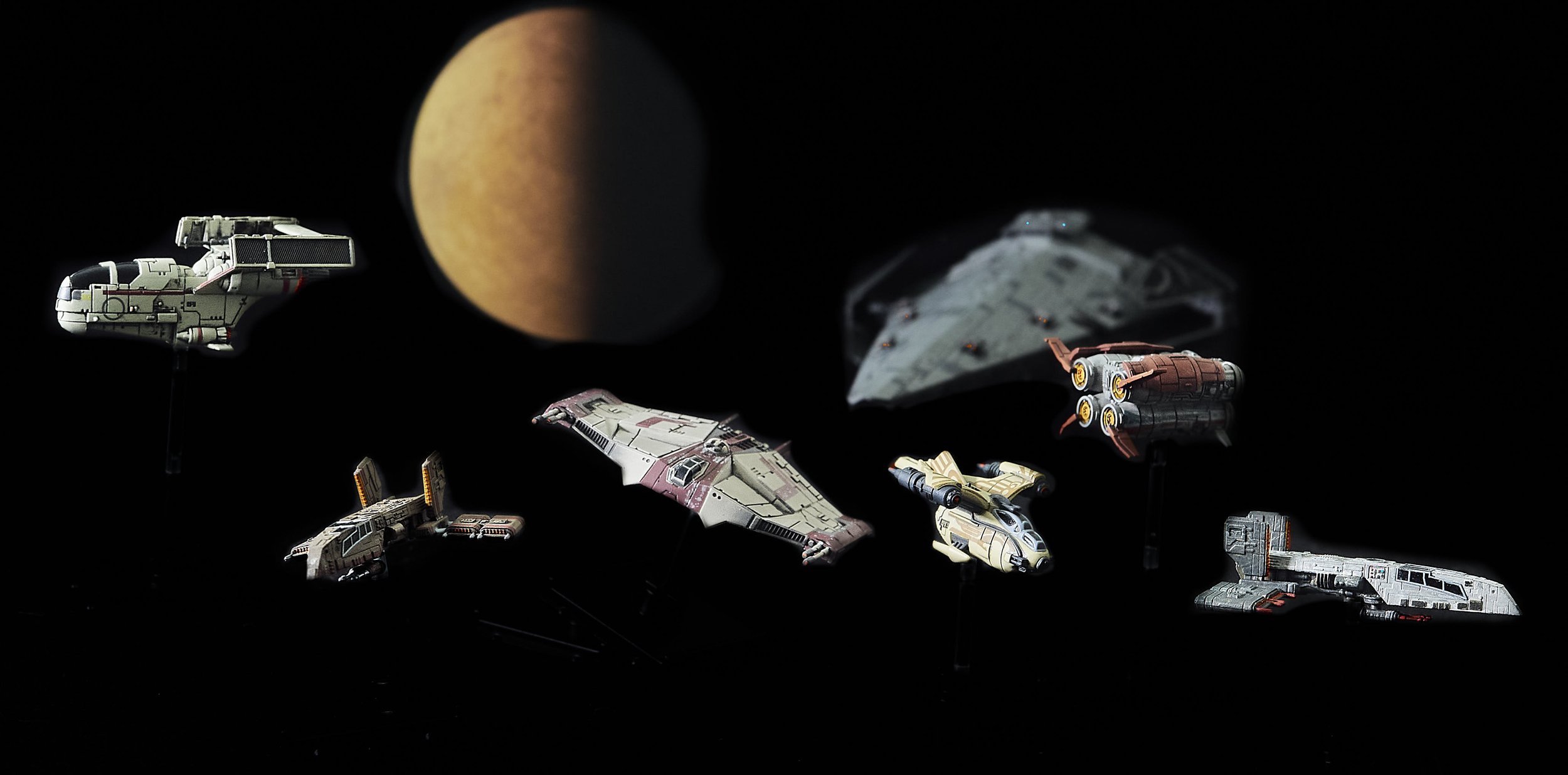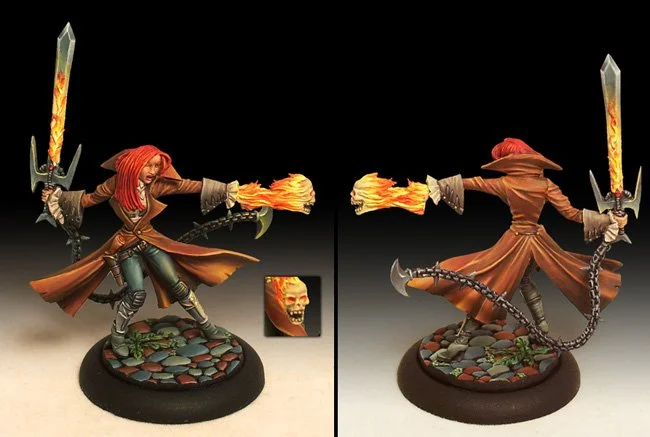Committing to D100 RPG’s as my main squeeze, has created a medium sized collection and a few formed opinions. If I had to rank them from “probably only a resource” to “most likely to be played”, then it would go something like this;
1. Open Quest. The most “fundamental” of the serious systems I own. It is pretty much pure D100, minimum fluff.
2. M Space. Using Mythras Imperative as a base, M Space is a new take on the venerable, Traveller style of game. It is to me more emotive, deeper feeling and by far more mysterious, which for my preferred style of sci-fi fits the bill. Traveller had that, but has more recently turned into more of a modern squeaky clean sci-fi stereotype. M-Space has a harder edge.
3 Call of Cthulhu (5-6e). The original d100 RPG for me and still a balance of the best the system dynamic has to offer. Fragile characters lucky to survive a day, but capabe of amazing deeds? CoC is the one. Achtung Cthulhu and Weird War 2 also need to be included and do the earlier period expansions, but CoC standard is still the king.
4. Zweihander Engine (including Dark Astral and Flames of Freedom). A combined entry, but they are all linked by system and intent. These three genres cover several of my favourite genres with just the right theming, all missing more or less from my other D100 systems. Dark Astral gives me far future grim-ness and Flames is such a strong period resource, I am using it as an AWI source book.
5. The Art of Wuxia. A surprise choice as my Wuxia interest is limited to growing up with re-runs of “Monkey” as a teenager and some Manga, but the game just gets me into the groove and is my favourite version of the “Bare Bones” engine.
6. Destined. Risky adding a very new game, one I have not even read entirely, but the genre is an eternal itch needing a good long scratch. Supers are an over serviced, under realised theme for me. At one stage I had probably close to 30 supers games, but none reigned supreme. A d100 game (Super World) was always there, but pickings were otherwise slim. Destined marries the theme with a modern d100 game engine, that I think is ideally matched.
7. Warhammer 1e. Flawed and dated perhaps, but so, so good. A complete game in a book is not a new thing now, but it was then and still holds up. It is still viable and for me, it holds so many great memories.
8. Clockwork and Chivalry/Cthulhu. Using the Openquest system, this combines my love of the English Civil War period with the weird science, hedge magicks and supernatural themes. There are only a few games with multiple cross-overs so harmonious (Heroes of Normandie for one). I am lucky enough to have all that was printed including the revised edition.
Just reminding myself there is more to life :).
9. Mouse Guard (converted to d100). Not a D100 game, but a grounded and simple theme, so very easy to convert. The big vs small dynamic is also easy to convert, giving the little mice the ability to attack specific locations simply by being there, where the bigger critters have to catch them if they can.
10. The One Ring (converted to d100). Like Mouse Guard, TOR is easy enough to adapt to d100. This means those beautiful adventures and artwork are not going to waste, but the overly structured originals can be used mre as a guide than a stricture.
11. DWD fusion, which is Covert Ops, Bare Bones Fantasy, a little Wuxia and/or Sigils and Shadows, the official fusion of these.
12. All things Legend. Not the pinnacle of the Runequest evolution, the plain little black books, a random buy on a trip to Melbourne, have become a favourite. Basically a re-print (typo’s and all) of the RQ2 books, just with RQ filed off, they are great value and full of crunch. Deus Vult and Hitorica Rodentia are included in these also.
13. The Big Gold Book. If I could only have one…. . The Big gld book is not onky a useful tool kit, it also does a good job of representing all that came before. You basically have the skeletons of Elric/Stormbringer, Hawkmoon, Call of Cthulhu, Elf Quest, Runequest and the “Worlds” books in one place, to pick and choose from. From these roots, Astounding Adventures, the Monographs and one-off titles like Devils Gulch have spawned, broadneing and defining the BGB’s applicaton.
14. The Witcher. A project I may try, the deeply layered Witcher RPG is also a perfect cross-over for a game like Mythras of Legend.







































